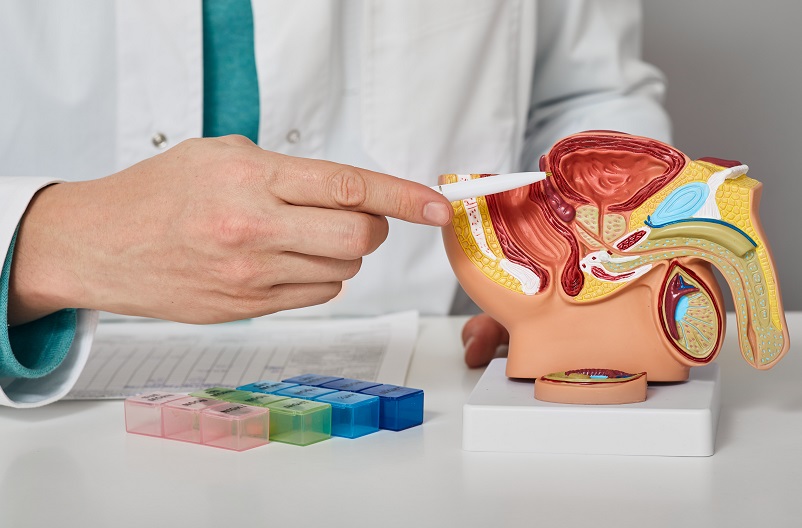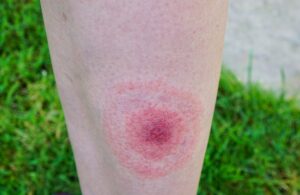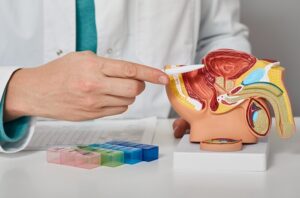
Let’s face it—prostate health isn’t the most comfortable topic to bring up. But for men, especially those over 40, being proactive about your prostate is one of the smartest health decisions you can make.
Whether you’ve never heard of the prostate until now or you’re starting to notice symptoms like frequent urination, the time to learn is now. Living in a fast-paced place like Brooklyn, it’s easy to put off checkups. But when it comes to prostate health, early awareness and preventive care can make a huge difference—sometimes even save your life.
In this post, we’ll break down the basics of prostate health, what conditions to watch for, and what steps Brooklyn men can take to stay ahead.
What Is the Prostate, Anyway?
The prostate is a small, walnut-sized gland located just below the bladder in men. It surrounds part of the urethra—the tube that carries urine from the bladder out through the penis.
Its main job? Producing fluid that nourishes and protects sperm.
As men age, the prostate tends to grow—and that’s where problems often start.
Common Prostate Conditions
1. Benign Prostatic Hyperplasia (BPH)
What it is: A non-cancerous enlargement of the prostate.
Common symptoms:
- Frequent urination (especially at night)
- Weak or interrupted urine stream
- Trouble starting or stopping urination
- Feeling like you haven’t fully emptied your bladder
Why it matters: BPH isn’t life-threatening, but it can greatly affect your quality of life. Luckily, it’s very treatable—with options ranging from lifestyle changes to medications to in-office procedures like UroLift or Rezum.
2. Prostatitis
What it is: Inflammation of the prostate, often due to infection.
Common symptoms:
- Painful or burning urination
- Pelvic or lower back pain
- Painful ejaculation
- Flu-like symptoms (in acute cases)
Why it matters: Prostatitis can be acute or chronic, and it’s more common than many realize—even in younger men. If untreated, it can lead to complications or chronic discomfort.
3. Prostate Cancer
What it is: One of the most common cancers in men—but also one of the most treatable when caught early.
Common symptoms (if any):
- Most early cases have no symptoms
- In advanced cases: difficulty urinating, blood in urine or semen, bone pain
Why it matters: Prostate cancer affects 1 in 8 men. African American men and those with a family history are at higher risk. Screening is essential—even when you feel fine.
Prostate Health and Age: When to Start Paying Attention
- Age 40–49: Talk to your doctor about baseline PSA testing and prostate exams if you have risk factors.
- Age 50+: Regular screenings (PSA blood test + digital rectal exam) should be part of your yearly physical.
If you’re experiencing urinary issues or pain at any age, don’t wait—get checked.
How Is Prostate Health Checked?
- PSA Blood Test
- Measures the level of prostate-specific antigen in your blood.
- Elevated levels may indicate BPH, prostatitis, or prostate cancer.
- Digital Rectal Exam (DRE)
- A physical exam where the doctor checks for abnormal size, shape, or texture of the prostate.
- Ultrasound or MRI
- Used if further imaging is needed for diagnosis.
- Prostate Biopsy
- Only done if cancer is suspected based on PSA or imaging results.
These tests are quick, safe, and often covered by insurance. In most cases, they’re done right here in the office.
Brooklyn-Specific Risk Factors and Access to Care
In Brooklyn’s diverse population, we see many men at higher risk—especially African American and Caribbean men, who are more likely to develop aggressive prostate cancer at a younger age.
Add to that:
- Busy schedules
- Hesitation around medical procedures
- Lack of clear information
…and it’s no wonder many men delay getting screened.
At [Your Practice Name], we’re working to change that by offering:
- Culturally sensitive care
- Multilingual staff
- Evening and weekend appointments
- A no-judgment environment where your comfort comes first
How to Protect Your Prostate Starting Today
- Stay Active – Regular exercise reduces inflammation and supports hormone balance.
- Eat Smart – A diet rich in vegetables, healthy fats, and whole grains supports prostate health. Cut back on red meat and processed foods.
- Stay Hydrated – Good hydration helps flush the urinary tract.
- Manage Stress – Chronic stress affects hormone levels and immune function.
- Don’t Ignore Symptoms – Urinary changes, pain, or sexual issues should never be brushed off.
Don’t Wait. Take Control of Your Health.
If you’re over 40 or have any risk factors, schedule a screening—even if you feel fine. Prostate conditions are treatable. Early detection is key. We recommend Urologist Brooklyn.






